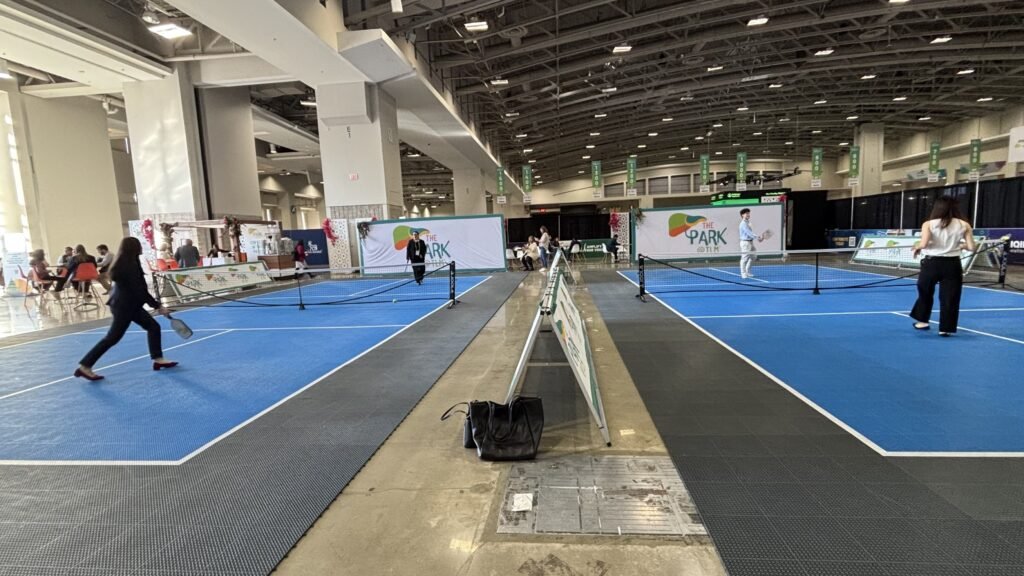Overall, the Liver Meeting is shaping up to be a groundbreaking event with discussions on critical topics such as federal research funding, patient advocacy, new treatment approaches, and advancements in liver disease diagnosis. The elephant(s) in the room, including the impact of political shifts on scientific research and the importance of advocating for the future of hepatology, are being addressed by key figures in the field.
Attendees are also exploring the intersection of hepatology and addiction medicine, highlighting the need for clinicians to adapt and learn new skills to address the complex relationship between liver diseases and conditions like alcohol use disorder and obesity. Techniques like motivational interviewing and the use of new drugs offer promise in this evolving landscape.
Moreover, the meeting is challenging traditional paradigms of liver disease treatment with studies presenting alternative approaches such as the use of statins for cirrhosis patients who do not respond to beta blockers, supplemental feeding for patients with decompensated cirrhosis, and the potential benefits of oral betaine as an antioxidant. Noninvasive tests for liver disease screening are also under scrutiny, with new findings questioning the effectiveness of popular tools like the Fib-4 test and highlighting the utility of the MAF-5 test developed for primary care settings.
Artificial intelligence is another hot topic at the Liver Meeting, with researchers exploring its potential applications in liver disease diagnosis and management. Tools like the “LiVersa” chatbot, trained on AASLD practice guidelines, are being developed to assist clinicians in navigating complex liver disease cases.
As the Liver Meeting continues, it promises to deliver valuable insights, innovative ideas, and potential breakthroughs in the field of hepatology. Stay tuned for more updates and developments from this prestigious gathering of liver experts.
The Liver Education Advocates (LEA) held a conference recently where the lead author, Ge, discussed a new tool that is still in development. Ge mentioned that the tool is suitable for low-complexity cases but needs more work before it can be widely used. Despite this, many attendees are excited about the potential of this tool.
One of the highlights of the conference was the indoor “park” that spanned two floors. Attendees had the opportunity to enjoy activities like pickleball, golf simulation, and even play on a giant chessboard. The pickleball court saw some action, especially in the afternoon, providing a fun break for those attending the conference.
As with most medical conferences, sponsors played a significant role in the event. However, the marketing displays in the main conference hall were relatively mild. The most prominent ad was for a new indication for Novo Nordisk’s Wegovy, which seemed to capture the attention of many attendees. By Friday afternoon, the stand at the base of the escalators, which contained prescribing information, was empty.
Several companies, including Boehringer Ingelheim, Mium Pharmaceuticals, and Gilead Sciences, sponsored evening events, such as a Pride reception. The conference was buzzing with activity, with plenty of opportunities to network and socialize.
One of the main highlights of the conference was the appearance of Livvy the Liver, the official mascot of LEA. Livvy’s mission is to raise awareness about liver health and nonalcoholic fatty liver disease. Attendees lined up to take pictures with Livvy and could choose from various signs to hold up for their photo op, spreading important messages about liver health.
Despite the fun and excitement at the conference, attendees are looking forward to more interesting scientific discussions in the coming days. The event promises to be filled with valuable insights and opportunities for learning and networking. As the conference continues, attendees are eager to delve deeper into the latest advancements in liver health and research.


